Prologue
As a child, I never wanted to become an astronaut. However, I always adored scientists for the cool stuff they can do all the time1. Recently I had the great chance to fulfil one of these old dreams and go on a once-in-a-lifetime adventure: I was on board of a Zero Gravity flight and experienced weightlessness just like in outer space!
What is Zero-G?
There’s no way to simulate weightlessness on the ground. Playing around on a trampoline or doing a bungee jump may give you the feeling of weightlessness for one or two seconds, but that’s a rather short experience and you’re not actually floating around. Also, parachuting is more about the thrill of falling and is far away from the majestic levitations of the Space Shuttle astronauts as we know from the movies.
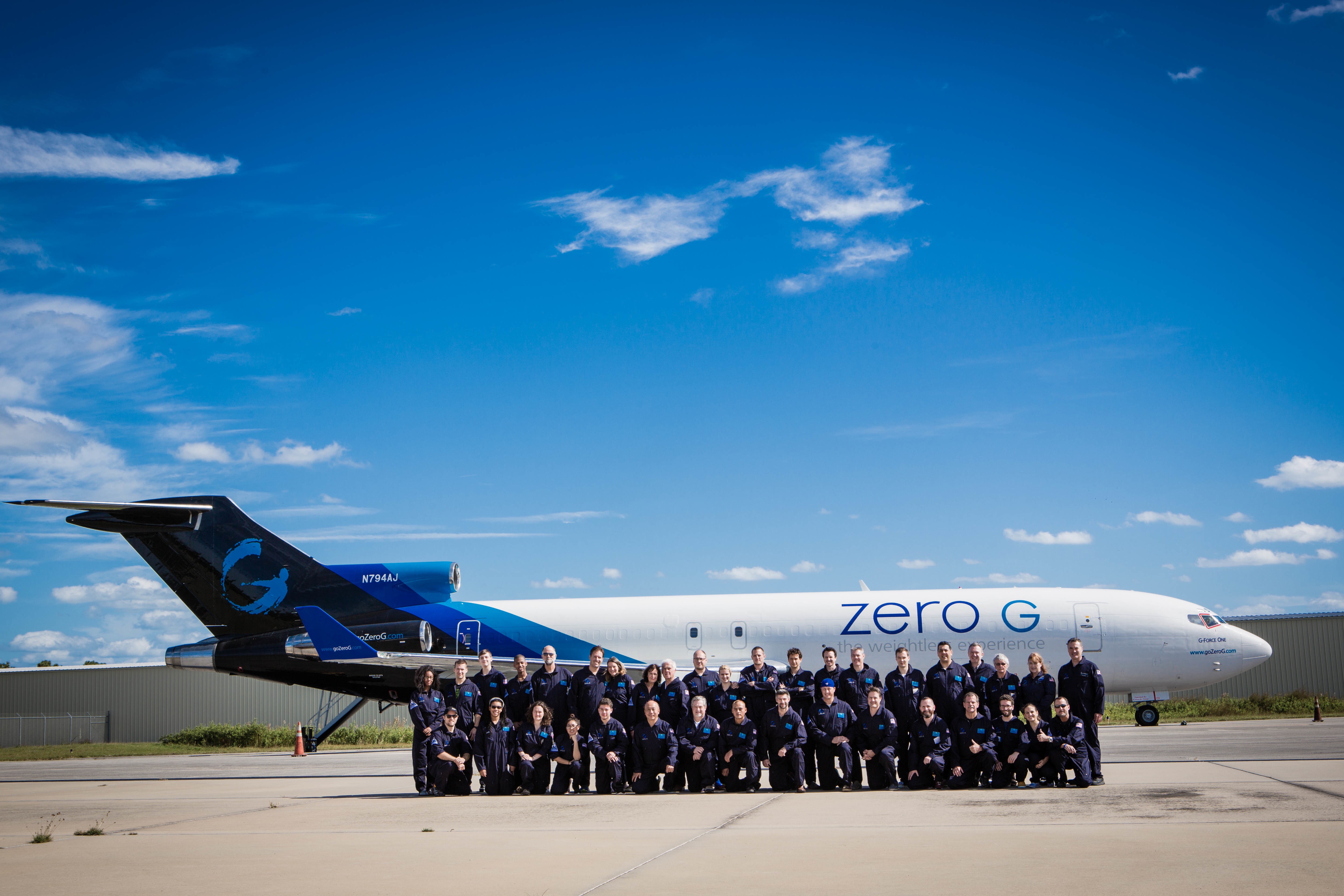
For this you need to enter an airplane and go on a parabolic flight2: The altitude is 7.300 meters (~24k feet) when the pilot starts to pull up and the aircraft rises about 45° to the horizon. This maneuver ends at 9.750 meters altitude (~32k feet) and during this time you will feel 1,8 G – you’re almost twice as heavy as you are on the ground.
The reverse maneuver is the part why you signed up: For the next 20 to 30 seconds the aircraft is going down and you’re weightless.
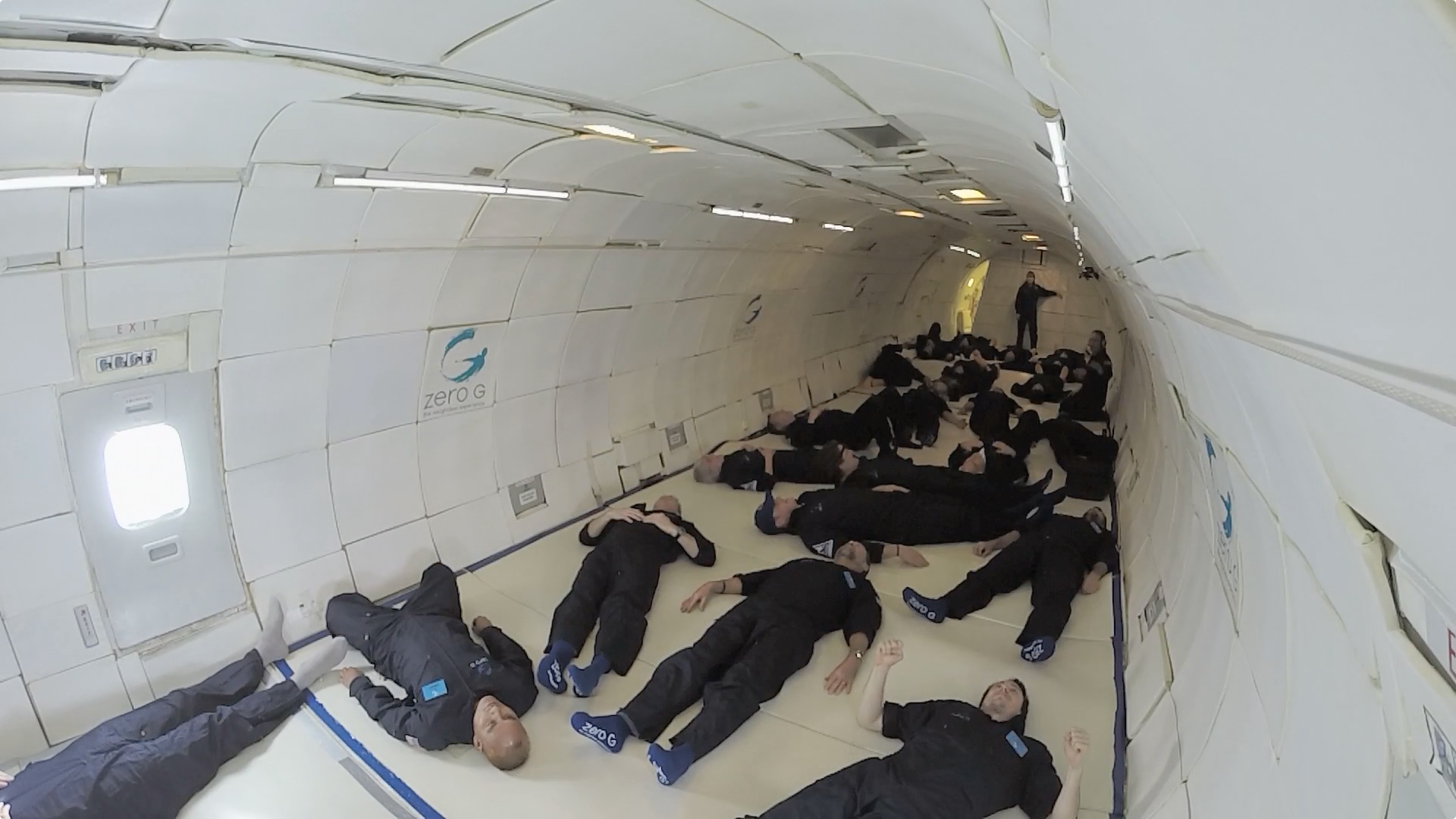
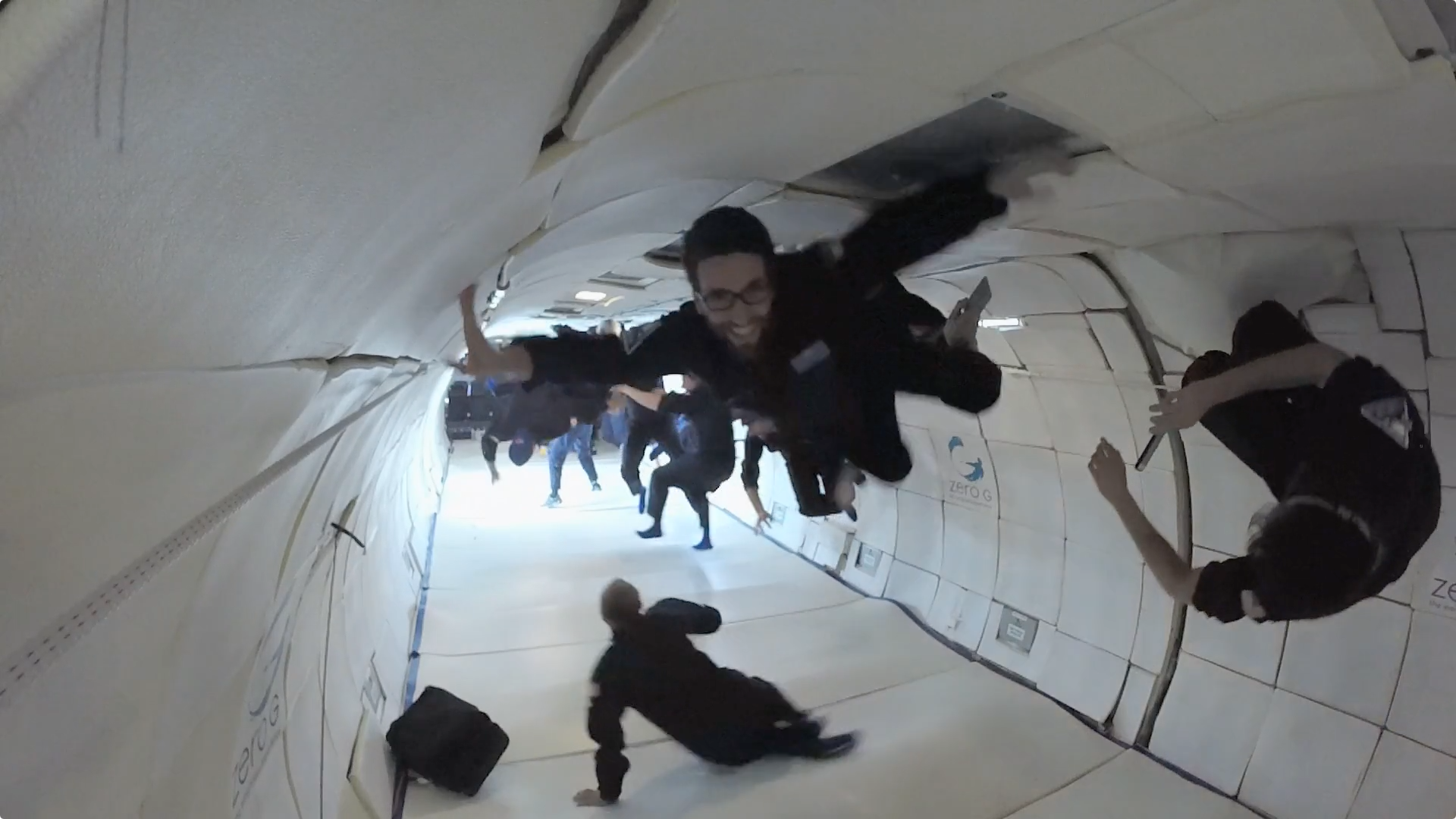
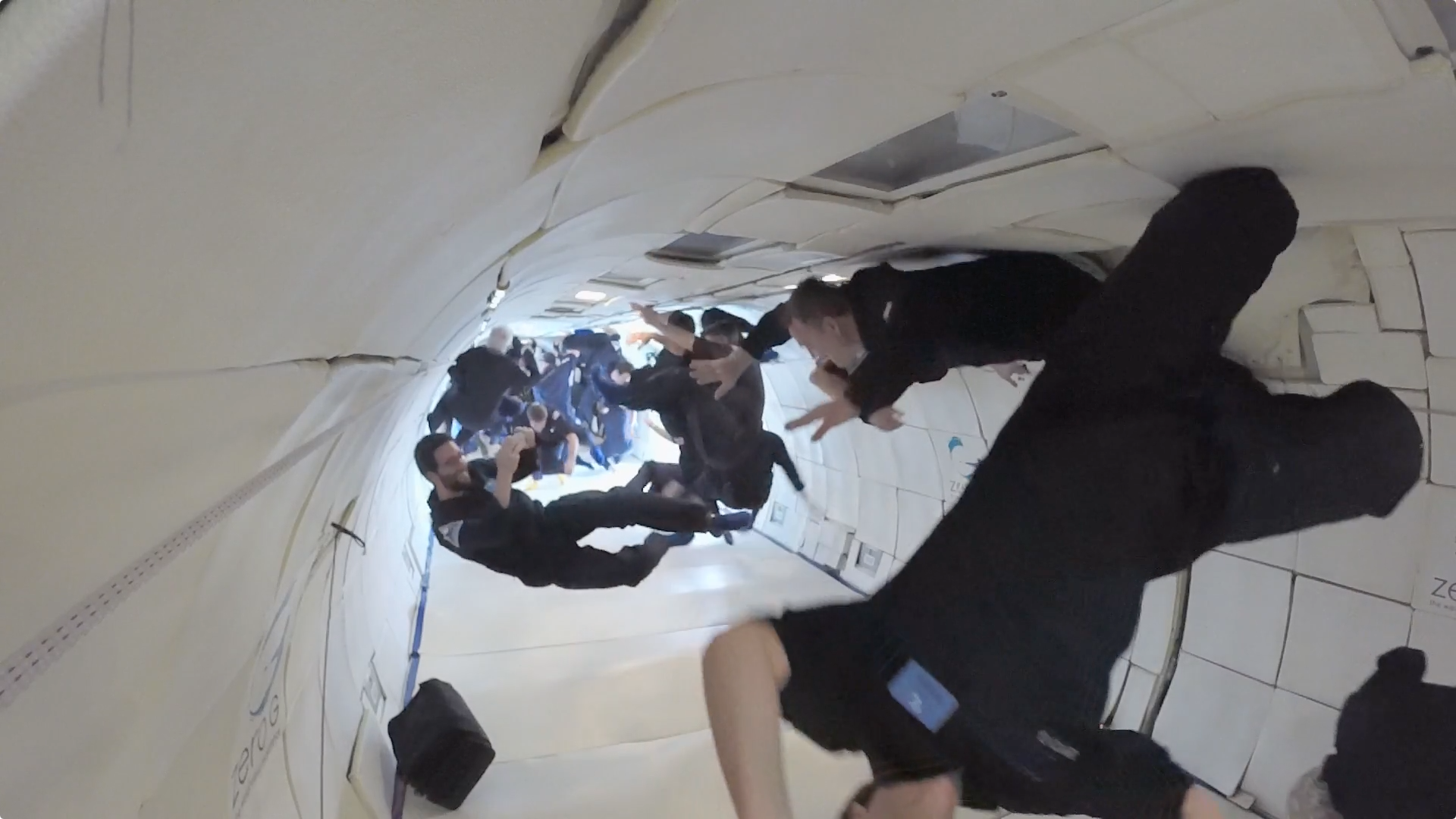
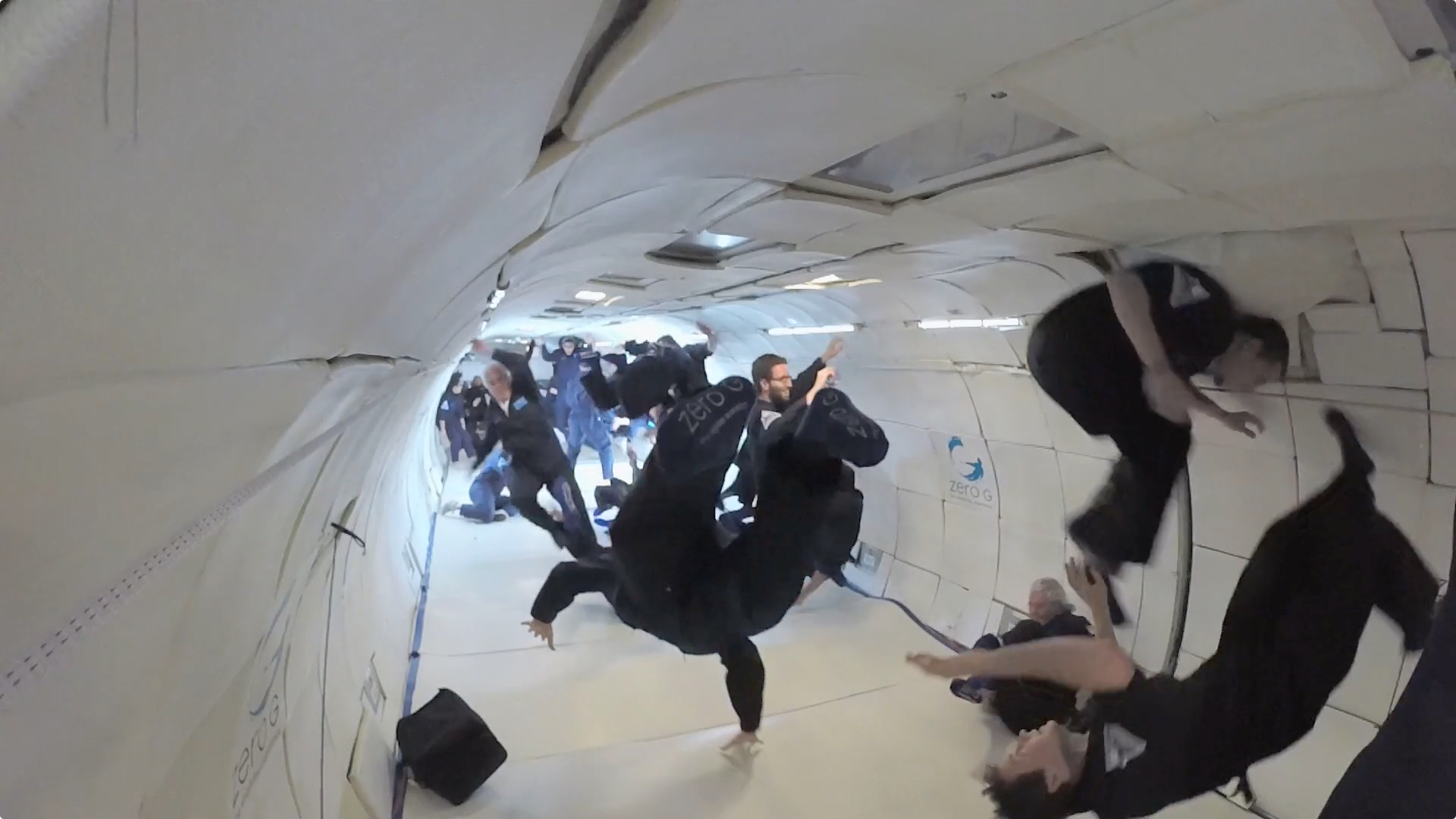
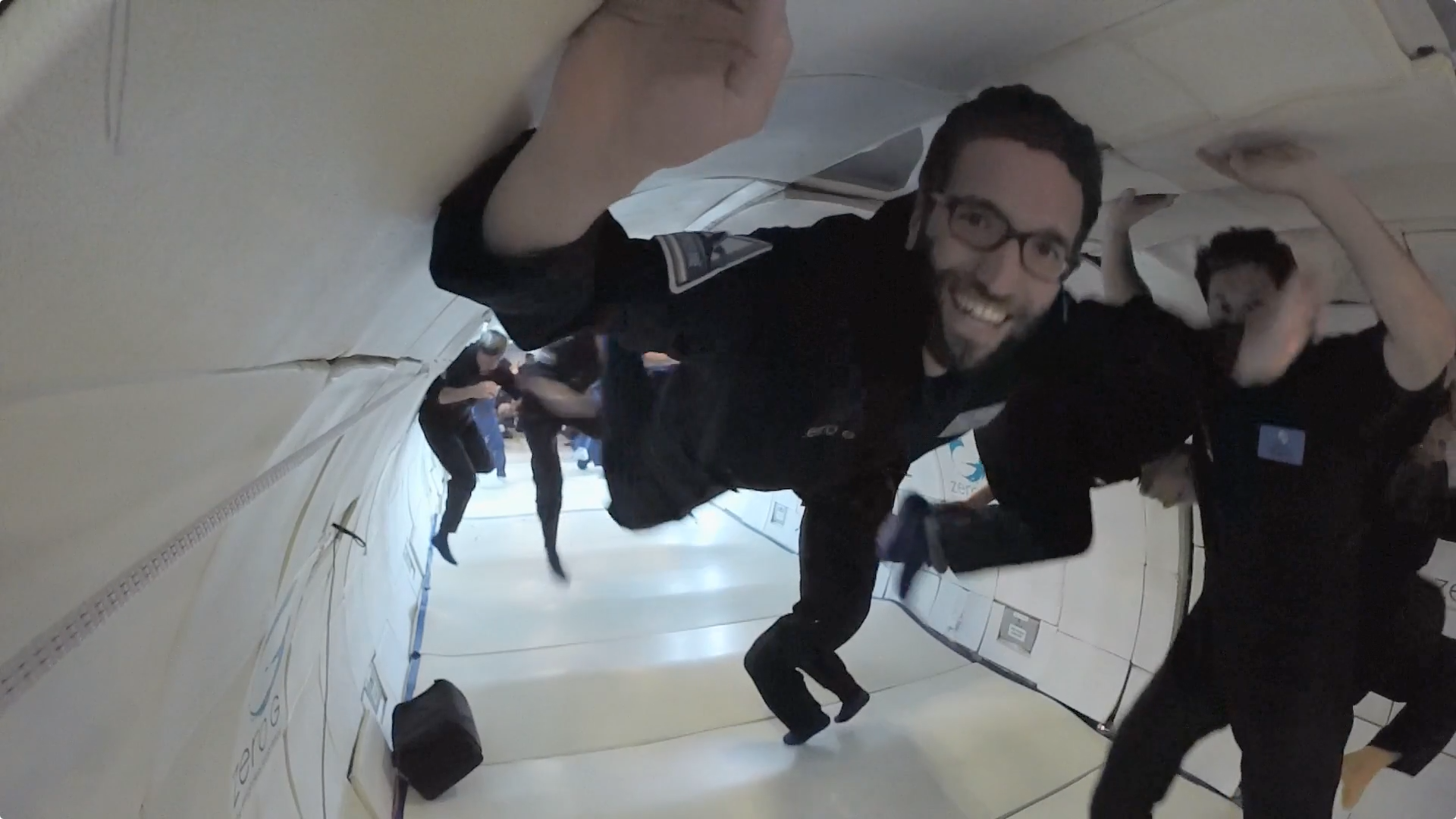
Parabolic Flight FAQ
Here are some answers to common questions.
Q: How long does this flight take?
A: The flight is around 1,5 hours, the weightlessness lasts 15 times ~30 seconds.
Q: Does it need a special plane?
A: No, but almost all interior got removed to make space for floating.
Q: How does it feel?
A: Fascinating and hard to describe. Diving comes quite close, but unlike in water you don’t get traction by moving your arms or legs. The only way to stop is a collision with another person or the cabin.
Q: 30 seconds sounds very short.
A: It definitely is. Especially because you don’t have the time to get familiar with the feeling of being disoriented. The whole adventure needs to be processed after the flight.
Q: Can you bring your camera?
A: You can bring your Phone – but it’s not worth it. You have so little time and the selfies don’t turn out great (see below).
Q: Hahah – you put your name tag on upside down.
A: No, as a first time flyer you turn it only after landing.
Q: Do people throw up?
A: Yes. Bad for them. No, I didn’t. Phew…
Flight data
The aircraft flies in a designated airspace that is around 160 km (~100 miles) long and 16 km (~10 miles) wide. Here’s how my flight plan looked like.
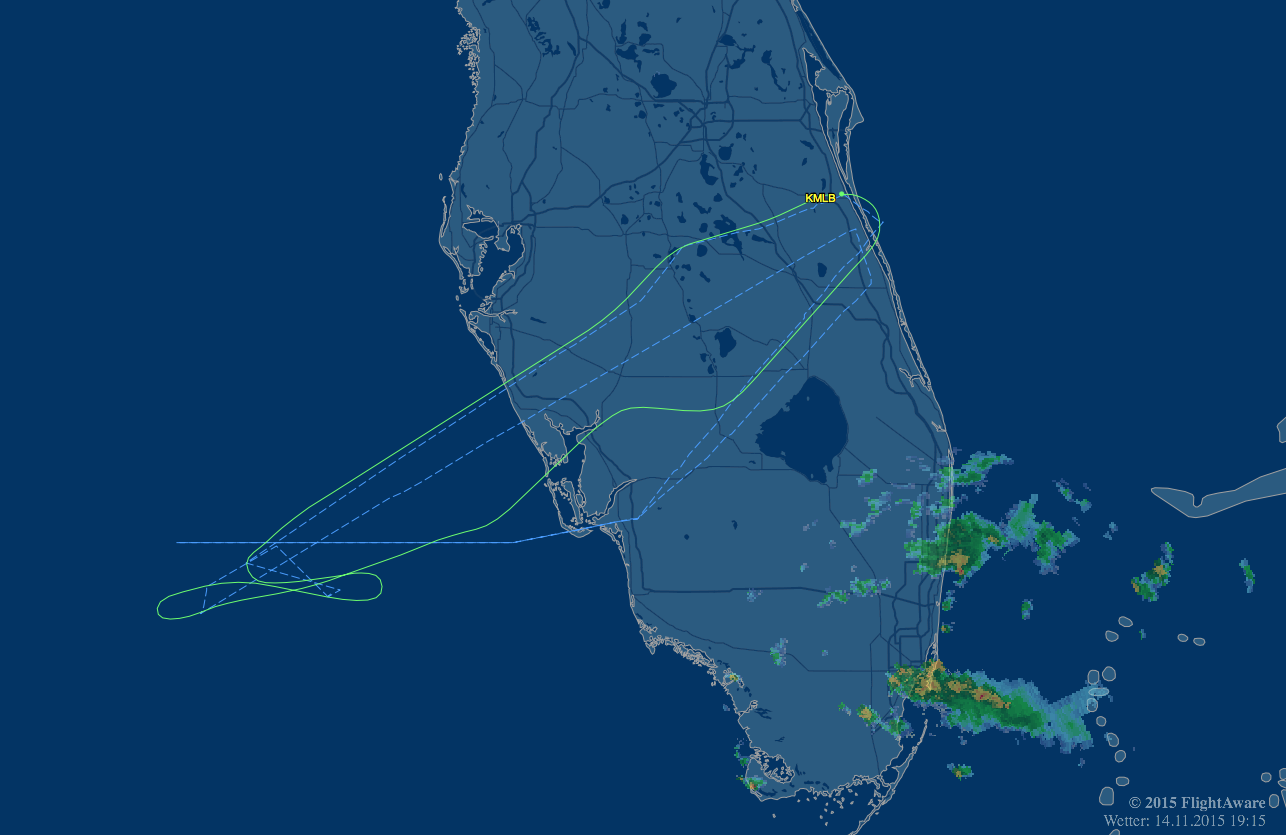
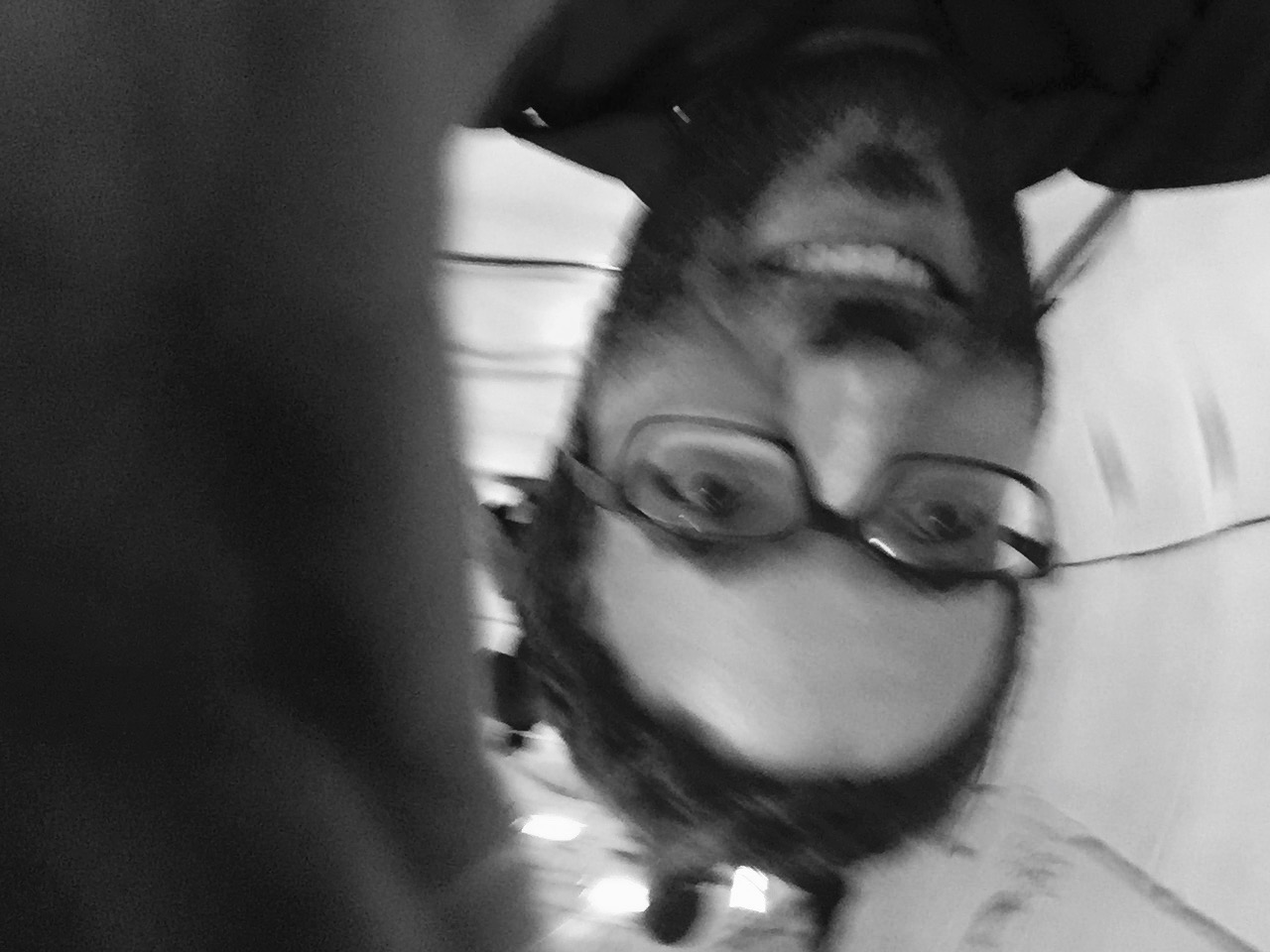
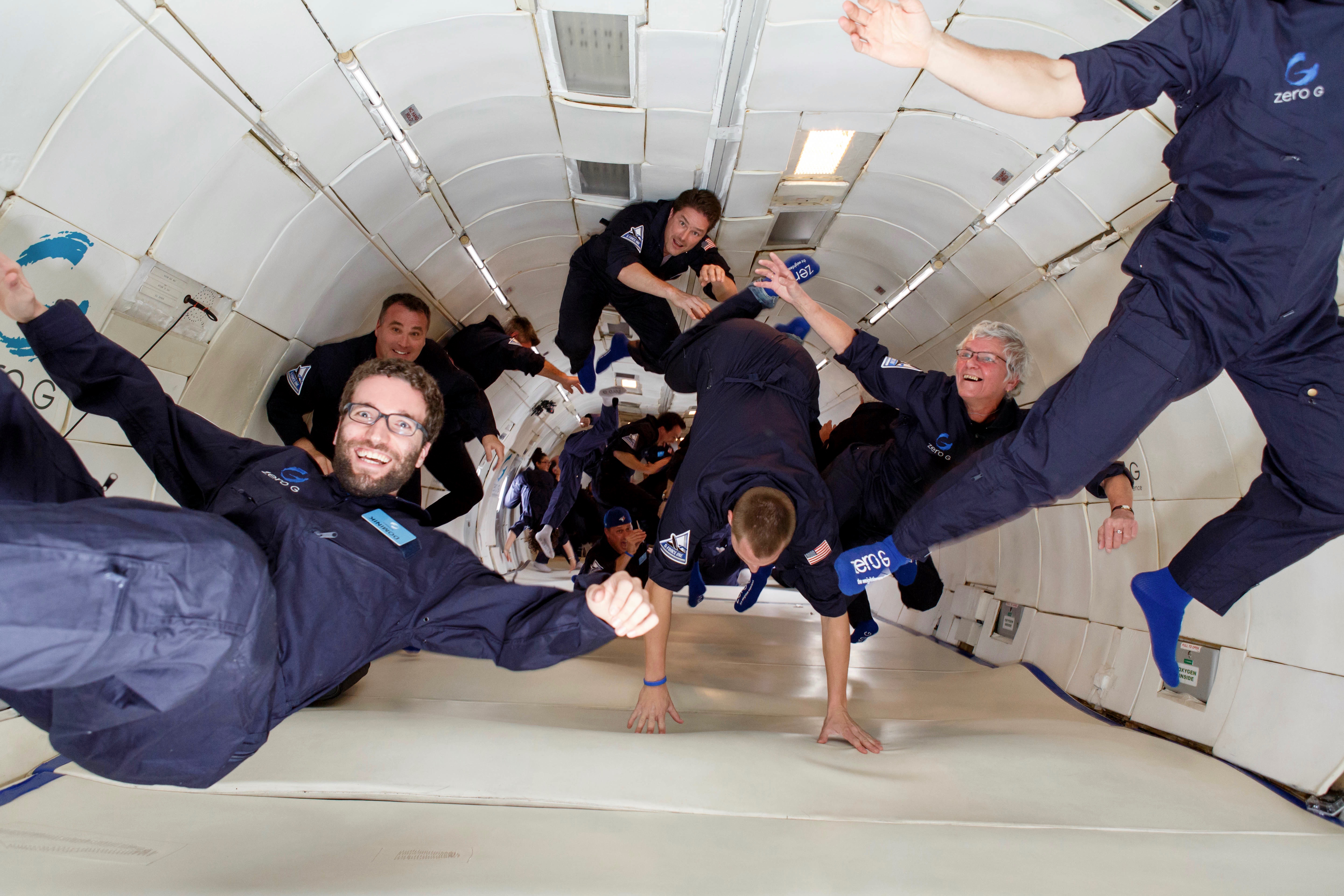
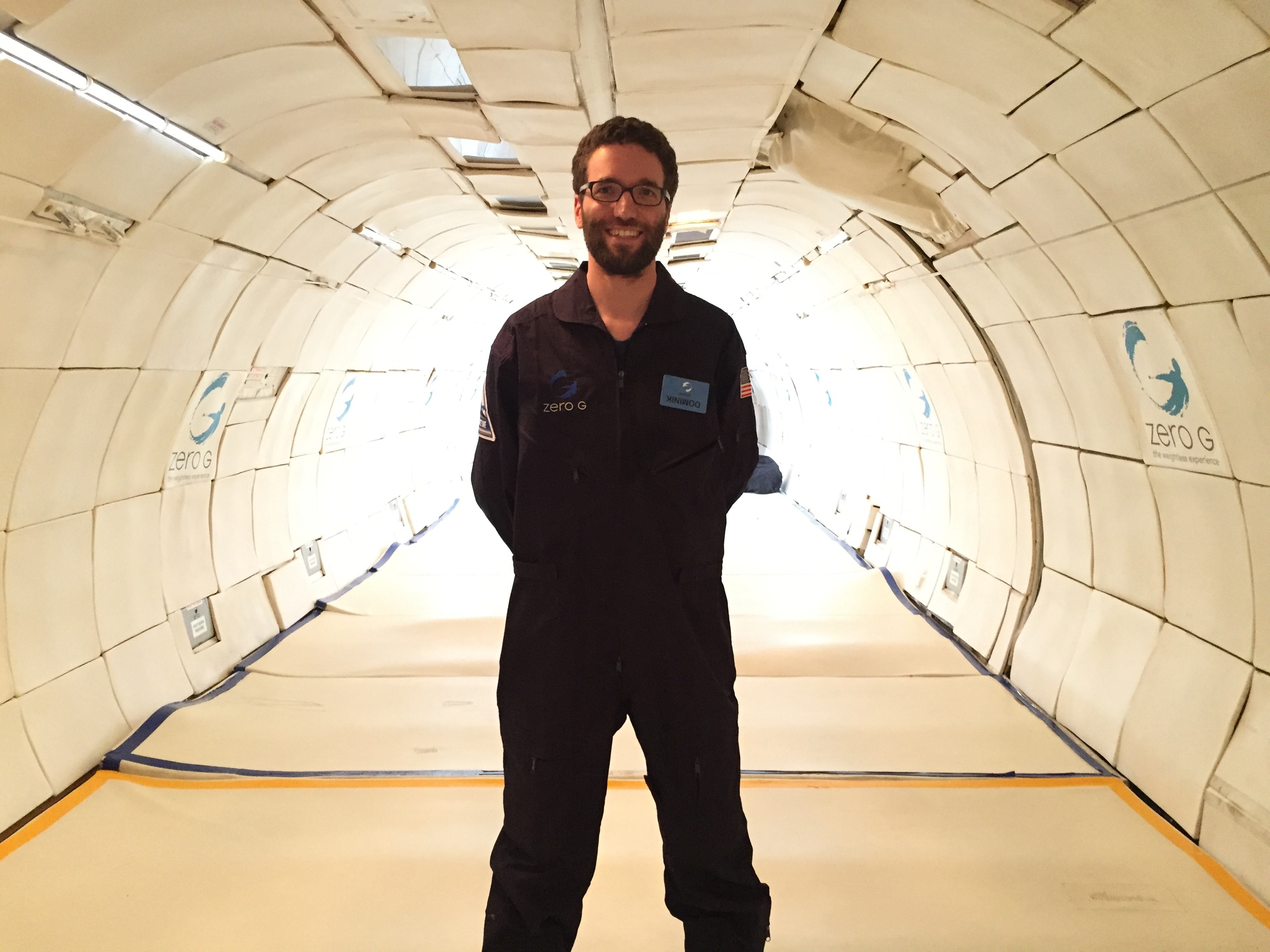
Taking helicopters to excavation sites. Deep sea submarines. Exploding experiments! ↩
Fun Fact: the article „vomit comet“ redirects to Reduced Gravity Aircraft – could have been a sign for some people. ↩
oh yes! Steht bei mir auch ganz oben auf der Todo :) sehr geil!
Another badass experience :D I see a trend going on here!
sehr geil! #blitzneid
mega
Congrats, steht auch auf meiner Liste ziemlich weit oben :)
Still haven’t figured out how I can get paid for things like that. Would love to see „Doing stuff“ on my business card. ;-)
Michael, Thomas, meldet euch wenn’s konkreter wird! :)
Become a (really) famous blogger or youtube-star… which is not that far away!
Awesome and cool video. I need to do this.
wird gemacht! :)
So cool! :)
Awesome!
I think I’ll make you my shining example of how to travel – I found you via your trip to the DPRK, now I see you did a zero g flight as well. So cool, really inspiring :-)
Kann man auch in Frankreich machen, die haben auch den besseren Flieger (www.airzerog.com). Habs auch schon gemacht und finds einfach nur klasse. Ihr könnt das alles hier nachlesen: http://www.zerog2002.de